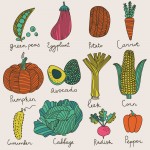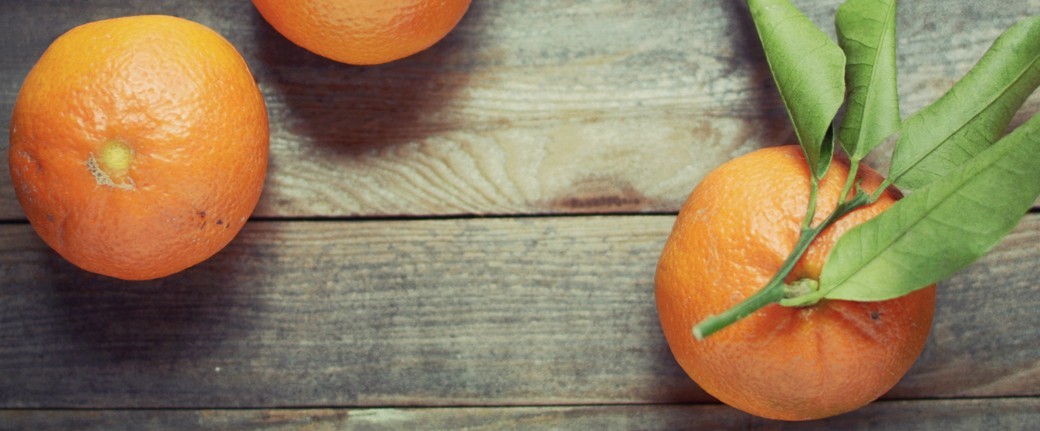|
Is your food helping you? Take your diet to the next level with heavy hitting anti-inflammatory foods.
2. Garlic is best raw for antibacterial and anti fungal properties. It is a good food to help prevent candida, improve circulation and potentially help with biofilms as well. You have to be creative to eat garlic raw… and a little brave. Add 1-2 crushed cloves to salad dressings, add to homemade or store bought pesto and guacamole, add 1-2 cloves to fresh homemade veg and fruit juice. Make garlic oxymel for a sweeter delivery. Indian proverb – “Garlic is as good as ten mothers.”
4. Avocado Rich in monosaturated fat and fiber, two essential nutrients for healing, avocados are a good addition to one’s healing diet. A half cup avocado contains 5 grams fiber, and keeping fiber to at least 30 g a day will help reduce ‘herx’ response from antibiotic treatment and improve detoxification and elimination. This west-coast fruit is also very rich in monosaturated fatty acids that are key for healthy cardiovascular health and neurological function. Fats improve absorption of key nutrients like D and carotenoids. It is best when dealing with Lyme to shift the balance towards less starch and more high quality fat. 5. Kombucha For many of my clients kombucha is a favorite way to get healthy live bacteria (probiotics) in a non-gluten and non-dairy food source. It is fairly low in sugar, usually having less than 3 g per serving. I recommend 4-6 oz a day. A strange drink, certainly. It is much cheaper if you can make it at home. Daily intake of probiotic foods is a key to survival from long-term antibiotics and systemic infectious disease in general.
|
||
Tag Archives: lyme nutrition
Most effective dietary changes for Chronic Lyme Disease
We won’t debate the existence of CLD (Chronic Lyme Disease) in this post. The fact is most people feel unwell if Lyme disease is untreated, co-infections are undiagnosed/untreated or if these infections are ineffectively treated. So what to do now? There is a lot you can do and it starts with what you put in your mouth 3-6 times a day. You guessed it. FOOD. You have to eat right? Why not make it work FOR you and not against you.
 1. Eat lots of vegetables – baked, steamed, in smoothies, in salads. Fill 1/2 your plate with these amazing foods. Get diversity in color, red beets, orange carrots, yellow squash, white leeks, green kale, blue potatoes. Have fun.
1. Eat lots of vegetables – baked, steamed, in smoothies, in salads. Fill 1/2 your plate with these amazing foods. Get diversity in color, red beets, orange carrots, yellow squash, white leeks, green kale, blue potatoes. Have fun.
2. Eat fruits too. Vegetables are more important than fruits but fruits matter. The red and blue ones are particularly supportive, reducing symptoms of numbness, shortness of breath.
3. Eliminate or reduce coffee and alcohol. 80% of the people I see with Chronic Lyme are reactive to coffee and alcohol, whether it is caused by altered liver metabolism or excess irritation of the nervous system, it seems to occur whether or not individuals are on antibiotics. You can replace with herbal teas, like gotu kola (support collagen), skullcap (relaxation), holy basil (support blood sugar), dandelion root (support liver health), etc.
4. Eliminate gluten and sugar. These inflammatory foods will slow healing. It is a challenging task. Ideally one would do a “food elimination and rechallenge” and identify all potential food sensitivities and allergies that may inhibit healing. But this is even more challenging. Best to start with these two (gluten and sugar).
5. Eat fermented foods. What are those??? Foods with live bacteria. You can take probiotics in a capsule and yet it is so enjoyable to eat fermented foods. Examples include: kombucha, real fermented pickles like Bubbies, yogurt, sauerkraut, miso. Real fermented foods can only be found in the fridge section of your grocery store. They are not easy to find and it is best to make your own. See a sample video here.
 6. Eat balanced meals to stabilize blood sugar, fuel the brain, provide proper nutrition for healing. What is a balanced meal? See the sample plate to the right. If vegan, proteins can be beans, nuts, seeds, soy, nondairy milks like hemp to name a few.
6. Eat balanced meals to stabilize blood sugar, fuel the brain, provide proper nutrition for healing. What is a balanced meal? See the sample plate to the right. If vegan, proteins can be beans, nuts, seeds, soy, nondairy milks like hemp to name a few.
This is just the beginning, but what a change you can feel if you follow these 6 tips. Next up… Best medicinal foods for Lyme







